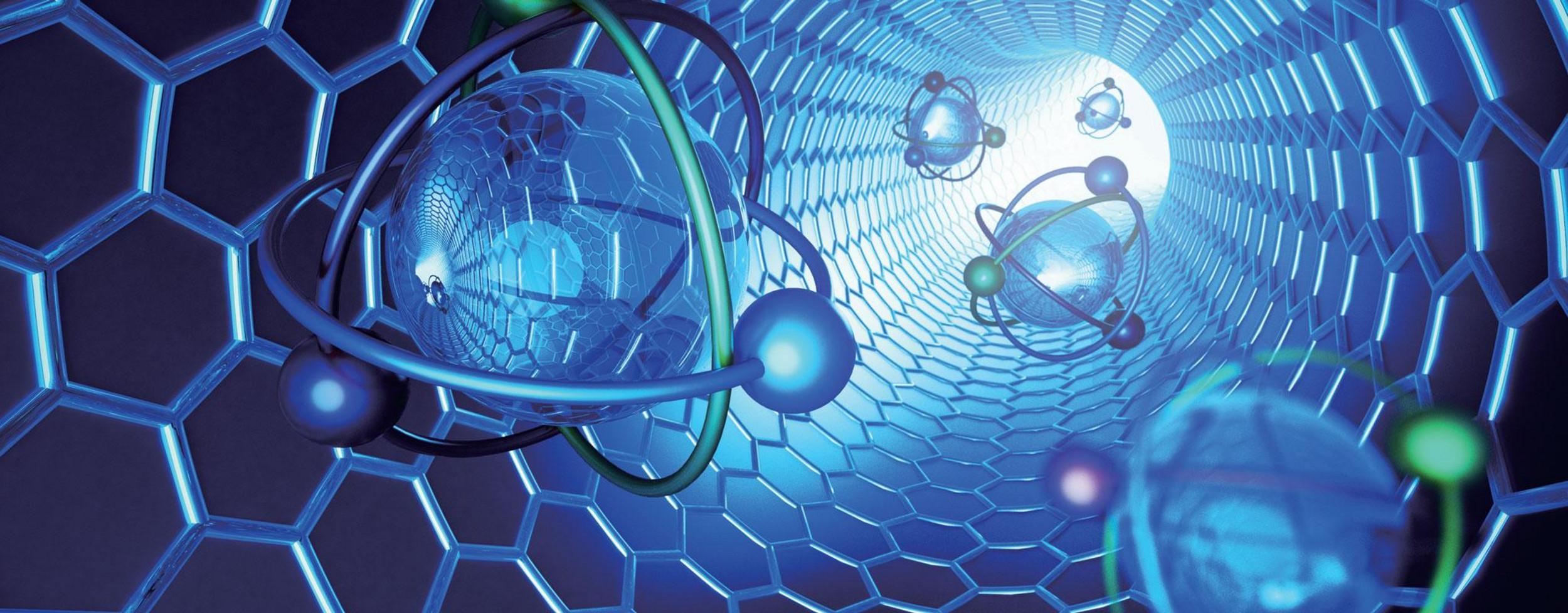
The Raman effect allows fast, non-destructive chemical analysis of solids, powders, liquids, and gases. Thus, Raman spectroscopy can be applied to large markets such as energy, environment, polymers and life sciences, to name a few.
Combining the acquisition of spatial and spectral information of a sample, Raman imaging and spectroscopy can be very helpful in the cosmetics industry. This technique allows for the non-destructive identification of chemical compounds and characterization of molecular structures in various formulations used for skin or hair products.
Did you know Raman can do that?
Sunscreen formulation Video Player is loading. Read more |
Application Notes
Publications
As technology evolves at a high rate of speed, it requires more reliable, efficient and powerful energy sources. Raman spectroscopy is adapted to characterize materials developed for energy sources. Characterization will include structural and electronic properties, or failure analysis, which is very useful in the quality control process, or state comparisons at different periods of time for stability studies.
Did you know Raman can do that?
Imaging of 2D WS2 Video Player is loading. Read more | Li-ion batteries analysis Video Player is loading. Read more |
Application Notes
Publications
Water contamination (oil spills, microplastics) and air pollution (aerosols, gas emissions) are two main types of worldwide environment pollution. To overcome this major public issue, innovative analytical characterization tools such as microRaman spectroscopy are required. As it is highly chemically selective, it allows fast morphological and chemical characterization and identification of microparticles.
Did you know Raman can do that?
Microplastics characterization Video Player is loading. Read more |
Application Notes
Publications
Raman spectroscopy offers specific features which are key points for life sciences analyses: it’s a non-invasive, label-free technique with a sub-micron spatial resolution.
Raman spectroscopy shows high potential in combination with chemometric methods to investigate bulk samples, as well as a single cell, for discrimination purposes: Healthy and diseased cells distinction based on chemical and/or structural properties, and bacteria/yeasts classification up to strains level.
Application Notes
Publications
Polymers, whether natural or synthetic, are found everywhere in our daily life from our clothes to buildings, as well as in packaging and cars. There are many industries that need analytical instruments to control their products. For polymers, Raman spectroscopy can be useful for the chemical identification, distribution determination, depth profiling, polymerization monitoring and compound stress analyses.
Did you know Raman can do that?
Characterize masks fibers Video Player is loading. Read more |
Application Notes
Publications
Nanomaterials are considered materials which have at least one of the three dimensions reduced down to nanometer scale. Following this definition, nanomaterials include:
Raman spectroscopy is an excellent tool to answer many questions about the structure and properties of these materials for their development.
Did you know Raman can do that?
Study graphene Video Player is loading. Read more |
Application Notes
Publications
Natural rocks composing the Earth are complex. They consist of an aggregate of one or more minerals. Each mineral can be defined by its chemical composition and its crystalline structure, and sometimes can also contain fluid inclusions. Geologists need a powerful characterization technique to get detailed information on the rock's formation history. Raman spectroscopy is extremely information-rich (chemical identification, characterization of molecular structures, effects of bonding, environment and stress on a sample). With its non-destructive properties and high spatial resolution (< 1 μm), Raman spectroscopy is thus a tool of choice for geological studies.
Did you know Raman can do that?
Coloured diamond defects Video Player is loading. Read more | Find fluid inclusions Video Player is loading. Read more |
Application Notes
Publications
It’s been more than a decade that Raman spectroscopy has been recognized as an efficient and powerful analytical tool in the field of Forensic Science. Indeed, it is a non-destructive, non-contact and non-contaminating technique which does not need any sample preparation. Hence, this allows the preservation of small traces of evidence for further analyses of the same specimen for confirmation of results. In addition, only minima quantities of material are required thanks to the high spatial resolution of the confocal system.
The Raman effect is highly sensitive to slight differences in chemical composition and crystallographic structure. These features are very useful for the investigation of illegal drugs, for the analyses of inks in-situ on paper surfaces to authenticate printed documents, and for the verification of explosive materials (presence on surfaces, distribution of individual components).
Application Notes
Publications
Raman spectroscopy is gradually becoming an analytical technique for food and beverage characterization. The main goals of analytical techniques in this domain are the determination of composition via quantitative methods, quality control (including adulteration, bacterial contamination), and identification of impurities or undesired material. Unlike chromatographic techniques, Raman analyses are rapid, and don’t require solvents or sample preparation. Additionally, contrary to infrared techniques, Raman spectroscopy is not sensitive to high water content, and is thus well adapted to analyze aqueous solutions.
Application Notes
Publications
Leading experts in archeology and the arts base their certification of ancient artifacts on stylistic analysis and personal sensory perceptions. In addition, scientific expertise is mandatory for identification, dating and detection for falsification purposes. Encountered difficulties are linked to the samples themselves which are unique, in very small amount and need to be handled as little as possible. Raman spectroscopy turns out to be an ideally suited technique as its analyses are non-destructive and non-contact.
Application Notes
Publications
Testimony
Tiene alguna pregunta o solicitud? Utilice este formulario para ponerse en contacto con nuestros especialistas.